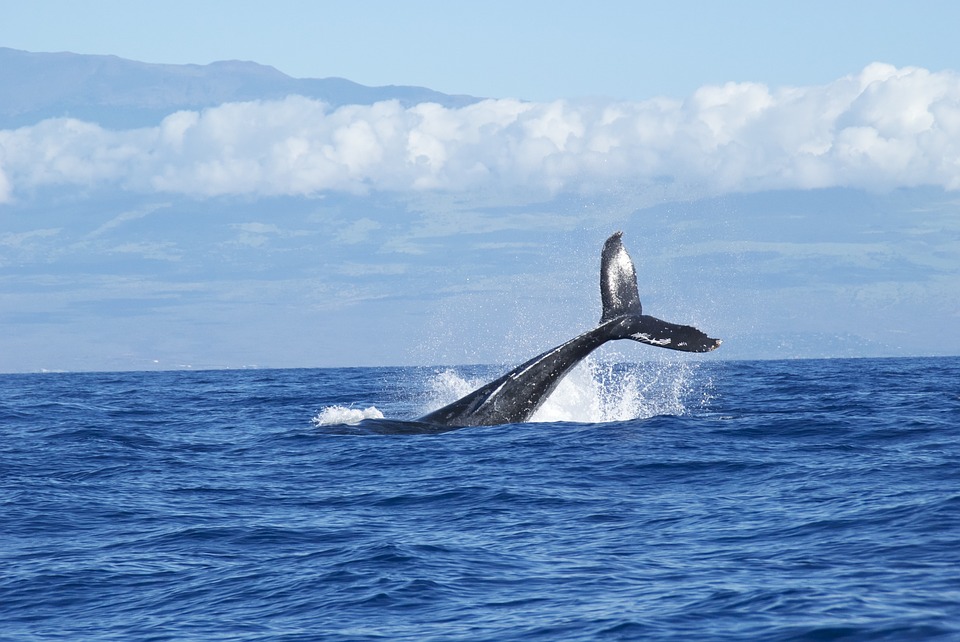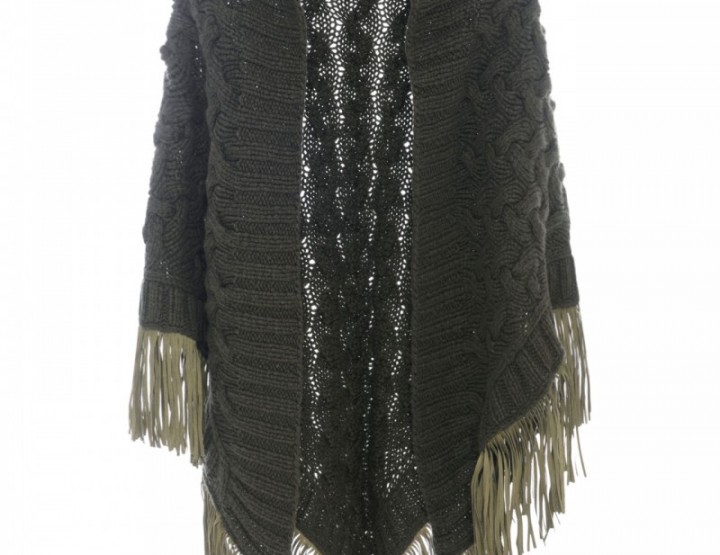It’s not just us humans that like to travel. There are many animal species that go on journeys, sometimes they go on life-long travels. Settling down for a long time? That’s not an option for whales, eels and many other animals.
Every year, some frogs and newts tend to migrate back to breeding ponds during the breeding time to give birth to the next generation of their species. These journeys can be several miles long and they are incredibly dangerous as well. For predators, the migration of these fascinating amphibians is a real buffet. Furthermore, they get run over by cars, which kill a significant number of the migrating animals.
The Milkweed butterfly travels 3600km through the USA to get to Mexico each year to hibernate. Due to the fact that the butterfly does not survive cold winters, the species even invaded new warm territories like Spain. Furthermore, you can stumble across this little fellow on some islands in the pacific and Australia.
Indeed, wandering from the usual path can be a good thing in nature. This is how animals that usually populate the mainland spread on the Galapagos Islands including turtles, iguanas and several bird species.
Eels, salmons and sturgeons travel as well. Salmons even jump up rivers to be able to spawn, while eels even go one step further by swimming through oceans, following their incredible sense of smell.
One of the most explored and yet most mysterious migration routes is that of whales. They never seem to settle down, always swimming from one ocean to another, led by the supply of food which clearly differs from each other depending on the area and season.
By the way, the prize-winning animal documentary The March of the Penguins is totally worth seeing. It gives you fascinating insight into the migration of penguins, which is certainly anything but a walk in the park.





